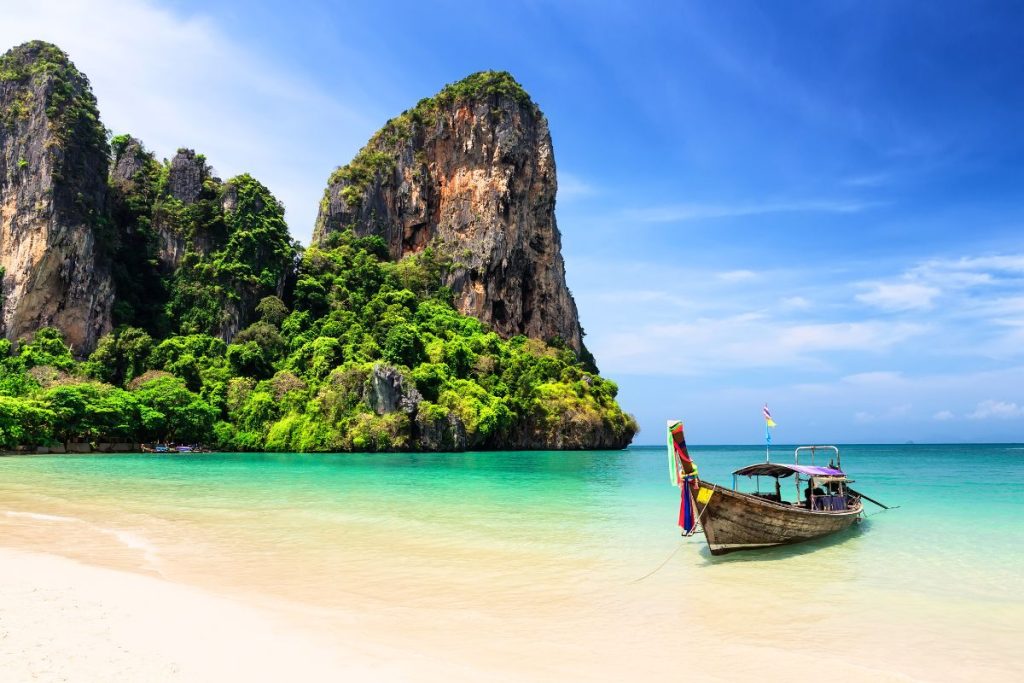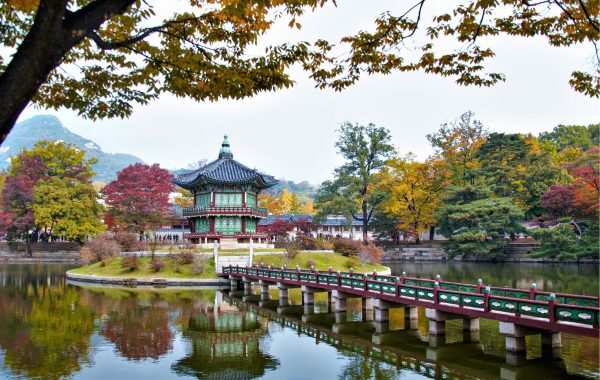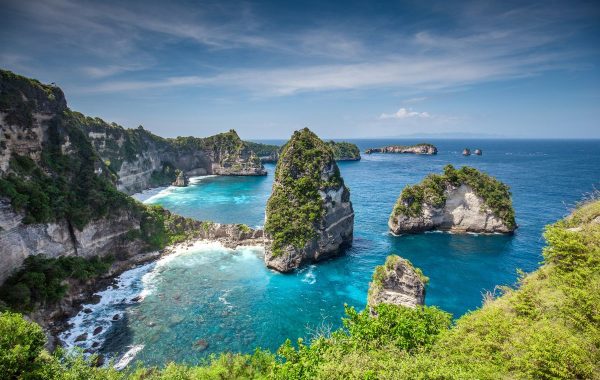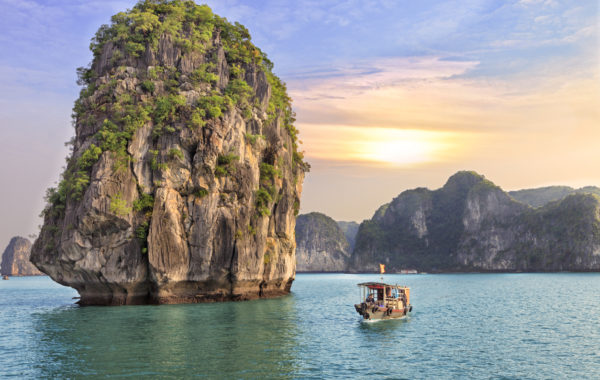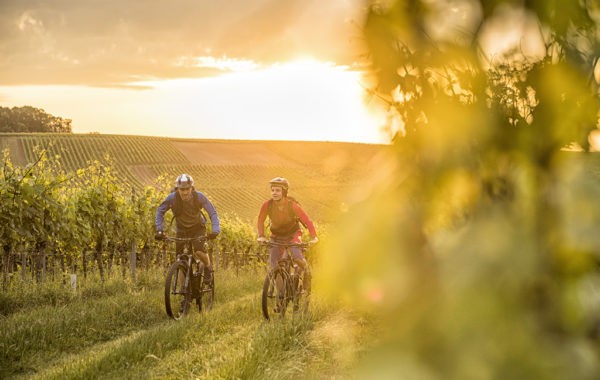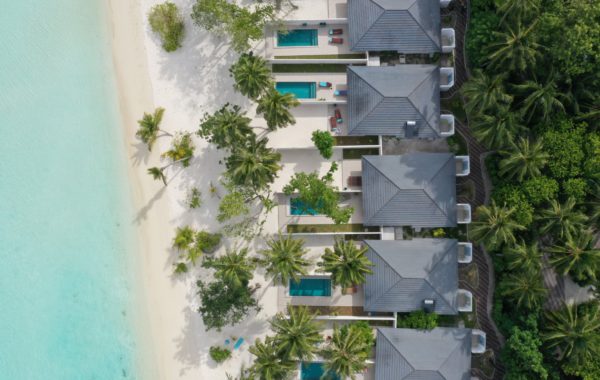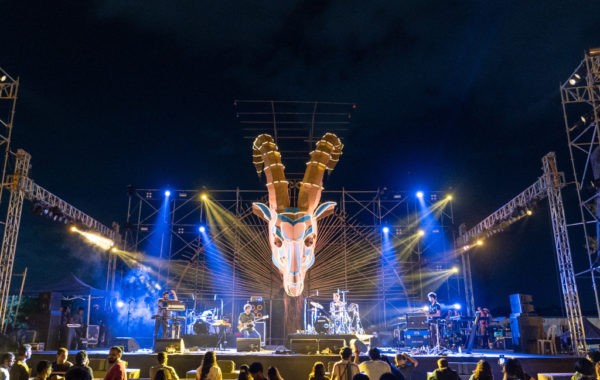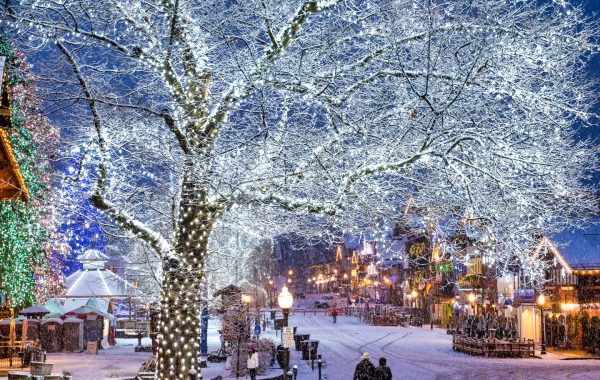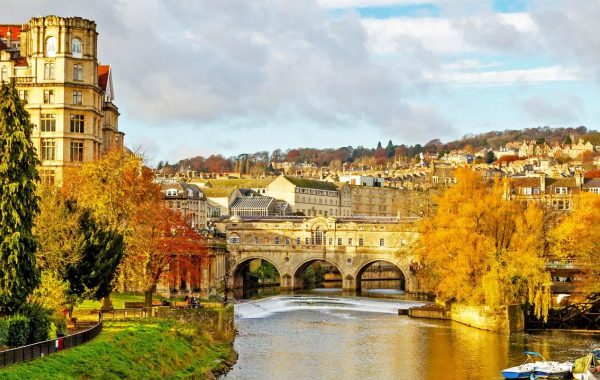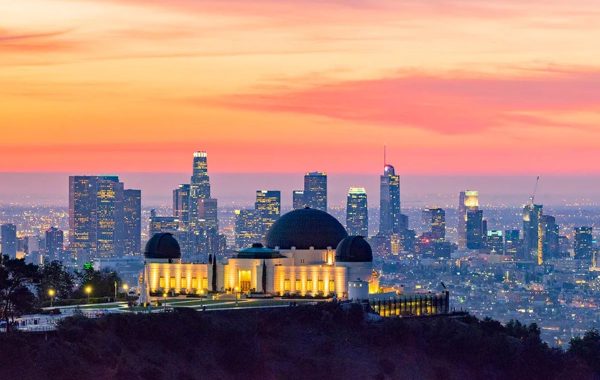In Thailand, ecotourism is providing travellers a unique chance to get up close with nature, live like locals and most importantly, make a difference where it counts.
Thailand, among one of Southeast Asia’s most visited countries, is a destination that offers up a huge mixed bag of experiences. And as popular as the bustling cities and buzzing nightlife are for visitors, the options for those who prefer quieter escapades are also wide and varied from turquoise waters lapping at white sand beaches and colourful fauna playing hide and seek in lush, tropical forests to idyllic villages. But what is truly remarkable is that for visitors, there’s scope to do much more than just immerse themselves in nature. Thailand offers up the chance for travellers to actually get involved in living like locals, experience Thai culture up close, and even make a difference when it comes to the environment. Its ecotourism at its best and it makes for so much more than just another run-of-the-mill tropical getaway.
Circle of Sustainability
While sustainability has become increasingly important over the last decade or so, Thailand does a lot more than just pay lip service. From sustainable practices baked into the tourism infrastructure across the country to nationwide collaborations to protect local wildlife and natural ecosystems, ecotourism is thriving like never before in this beautiful tropical getaway.
Green Living
Properties across Thailand have adopted various measures to ensure a clean and natural experience for all guests. Using natural materials in construction, minimising impact on the natural landscape around, reducing plastic waste and usage, recycling food waste and even actively participating in activities that nurture local communities.
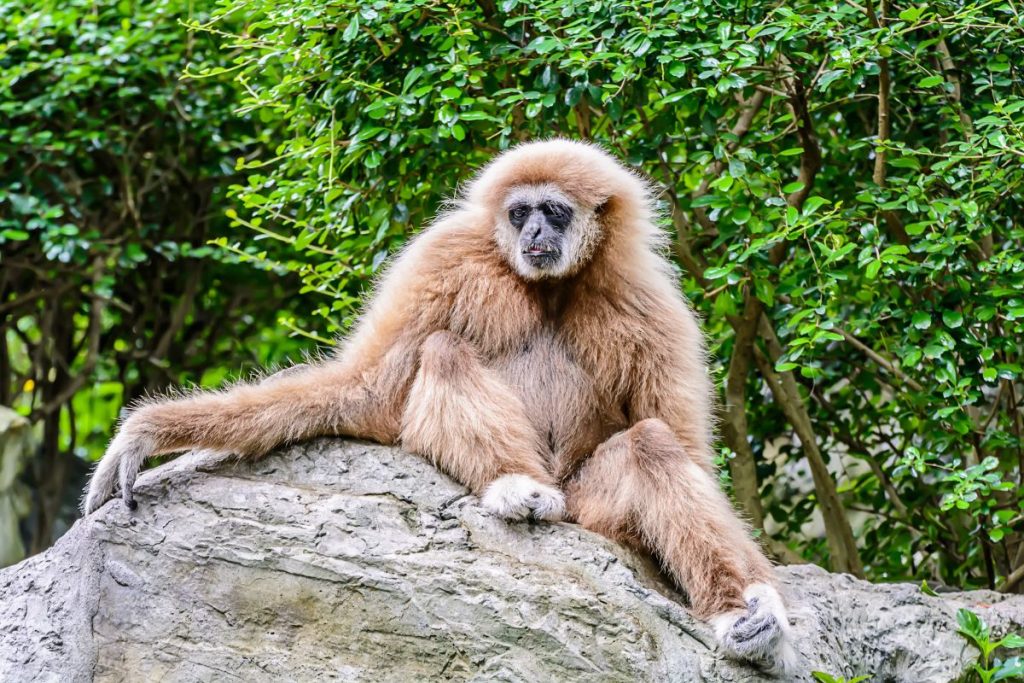
Anantara Mai Khao Phuket Villas, on the northern tip of Phuket lies bordering a national park. The property, aside from organising tours of old Phuket town and of the tiny little island of Koh Sireh which is home to a local community of sea gypsies, also offers up a chance to visitors to get involved in several conservation efforts. An elephant rescue camp lets travellers feed, bathe and observe the rescued pachyderms in their natural habitat. The Mai Khao beach has nesting turtles and visitors get a chance to help rescue eggs for safeguarding at the marine biology centre. Then there’s the Gibbon Rehabilitation Project, which has successfully reintroduced Gibbons to the wild, that lets you observe the primates in their natural habitat.
Must Read: A Comprehensive Guide To Exploring The Islands Of Krabi In Thailand
For a change of scene, and an immersion into local life, venture towards Kamala in Phuket. Set amid lush rainforests, overlooking the village of Kamala and the Andaman Sea, Keemala is a property that gives visitors a chance to experience a wonderful blend of luxury and local living. Local culture is in focus, with guests visiting nearby markets to understand how fresh produce is sourced, the property using fabrics and textiles made by ethnic minority groups, and organising activities such as cooking classes, aloe extraction and folding pandan leaves.
In The Lap Of Nature
To truly get up, close and personal with the natural world, there are numerous opportunities in verdant Thailand. And of course, the spirit of ecotourism is maintained everywhere, with most activities designed to have minimum impact on the environment.
Head to the Trat Province, to check out the unique Tabun or Xylocarpus trees at Lan Tabun at Tha Ranae walk along the mangrove forest trails and black sand beaches of Hat Sai Ri, sail into mangrove forests at Ban Salak Khok, or watch brahminy kites in Tambon Nong Khan Song and Tambon Nong Sano.
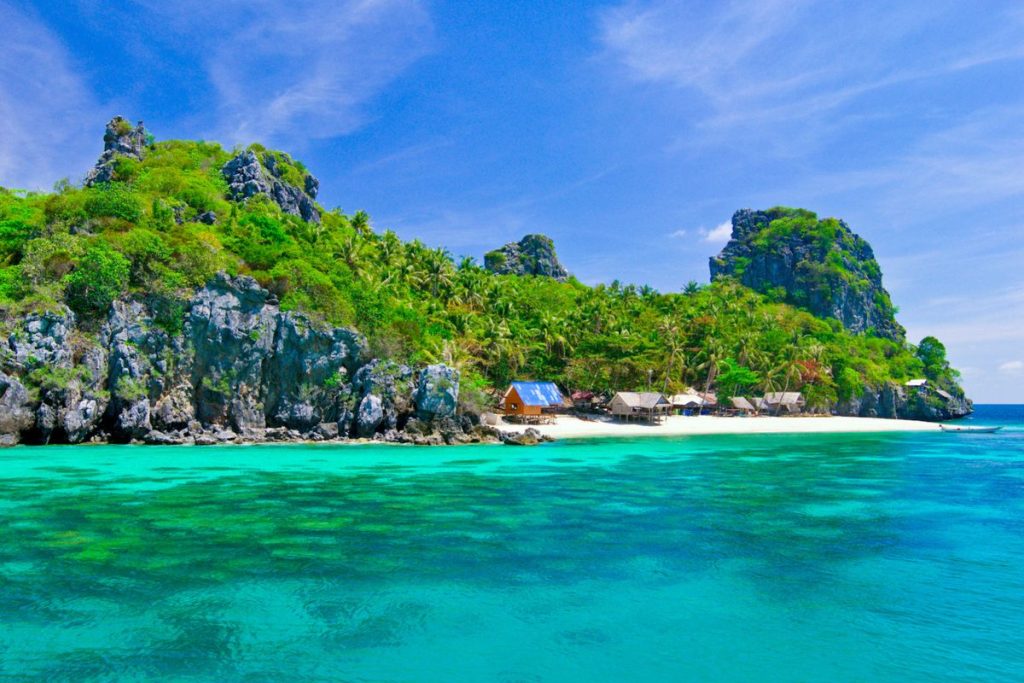
For a different kind of immersion, explore Chumphon, with hot springs at Tham Khao Phlu, limestone caves at Ko Thalu, the archipelago of over 40 islands at Mu Ko Chumphon National Park, kayaking, snorkelling and squid fishing with local fisherfolk at Ko Phithak, and rafting at Phato.
Then there’s Khao Yai National Park which lies partly in Thailand’s largest province Nakhon Ratchasima. Listed as a UNESCO World Heritage Site since 2005, this is the country’s first and third-largest national park characterised by tropical forests and grasslands. There are over 3,000 species of birds, 300 species of plants and 60 species of mammals, alongside waterfalls, hiking trails and peaks to keep aspiring adventurers busy.
Also Read: Flavours from Every Direction: 8 Exquisite Fine Dining Experiences in Thailand
Culture Cruise
For those looking for a dose of local culture, there are numerous communities that provide travellers the opportunity to live like them and experience the significance of centuries-old ways of life.
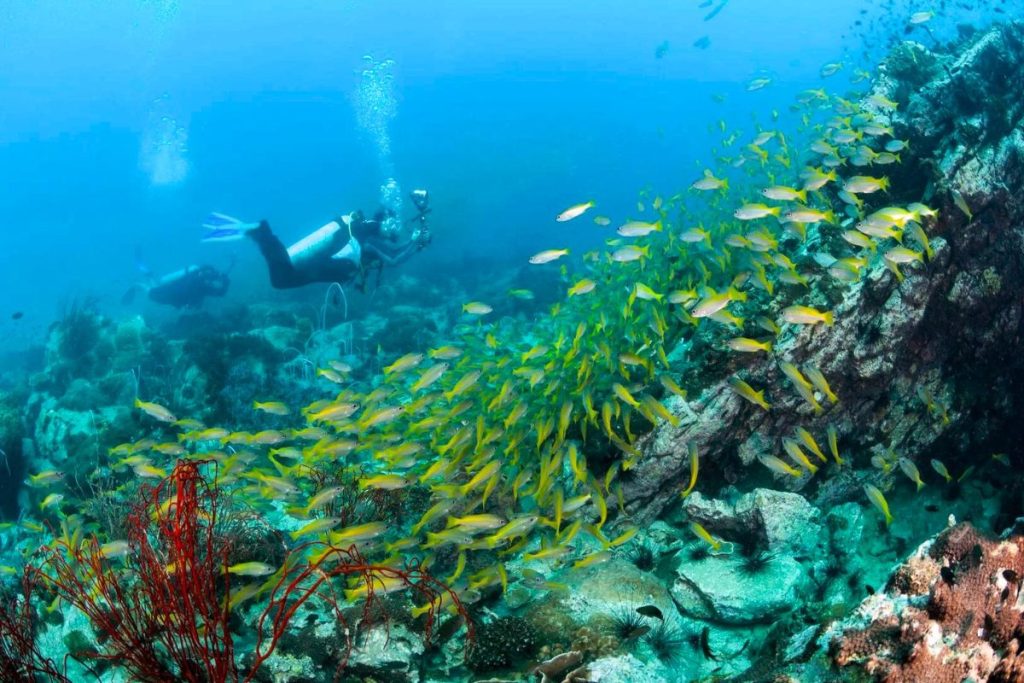
Interact with the fishing community on Koh Phaluai and witness the change brought about by solar power into their lives. Experience religious harmony at Ban Nam Chio in Trat, where people from three different faiths live together in a community. Or deep dive into the ancient ways of the Chong Samre ethnic group at Ban Chang Thun.
In a post-pandemic world, when we’ve had time to pause, contemplate and course correct with regard to the environment, travel is among the most effective ways to showcase this intent. Thailand has used this opportunity to emerge stronger than ever, now with measures to ensure nature continues to heal and at the same time, involve travellers and spread awareness among them about the importance of protecting our world. If you are planning a trip, consider Thailand, it will give you a chance to not just connect better with nature but actually be involved in the care for our planet.
For latest travel news and updates, food and drink journeys, restaurant features, and more, like us on Facebook or follow us on Instagram. Read more on Travel and Food Network
Trending on TFN
A Spanish Odyssey: Trafalgar’s Unparalleled Best of Spain Itinerary
Imperial Splendors: Trafalgar’s 10-Day Sojourn in Prague, Vienna, and Budapest


